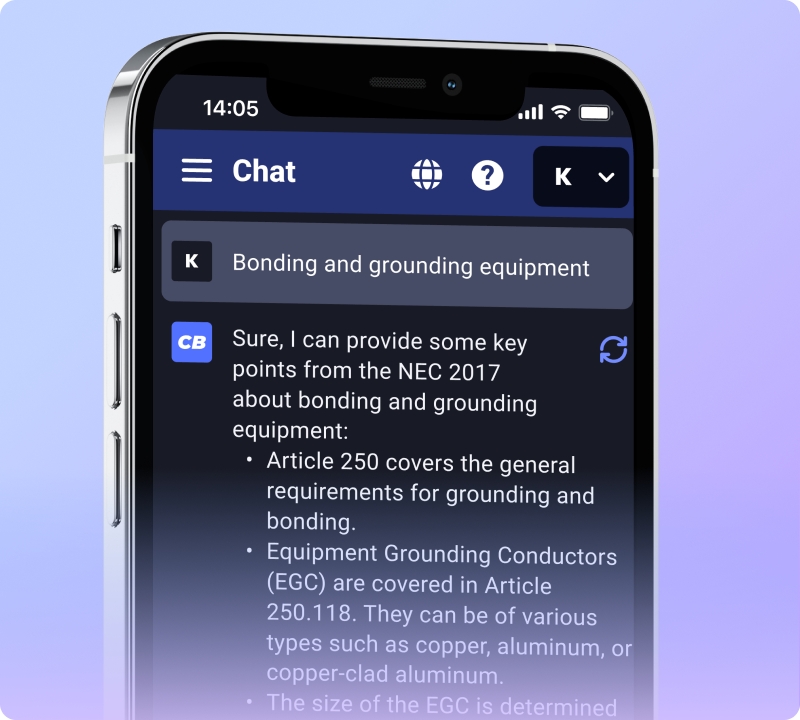Low voltage wiring, commonly used for telecommunications, alarm systems, and landscape lighting, has its own set of code requirements. This guide will help electricians, DIYers, and project managers understand the essentials of low voltage wiring code in the U.S.
Understanding low voltage wiring code
The National Electrical Code (NEC) outlines specific regulations for low voltage wiring:
- Separation from High Voltage: Low voltage wires must be separated from standard electrical wires to prevent interference and hazards.
- Conduit and Cabling Requirements: While conduit is not always required for low voltage wiring, it’s recommended for protection, especially outdoors.
Best Practices for low voltage wiring
To ensure safety and functionality:
- Proper Labeling: Clearly label low voltage wires to avoid confusion during maintenance or future upgrades.
- Use of Appropriate Cable Types: Choose the right cable type for the specific application, such as CAT cables for data transmission or RG6 for video.
Installation Tips for Optimal Performance
For those undertaking low voltage wiring projects:
- Plan the Layout: Carefully plan the cable routes for efficiency and ease of access.
- Consult Local Codes: Always check local building codes as they may have additional requirements or restrictions.
Conclusion
Adhering to low voltage wiring code is crucial for safe and effective installations. By following NEC guidelines and best practices, you can ensure reliable and efficient low voltage systems.


